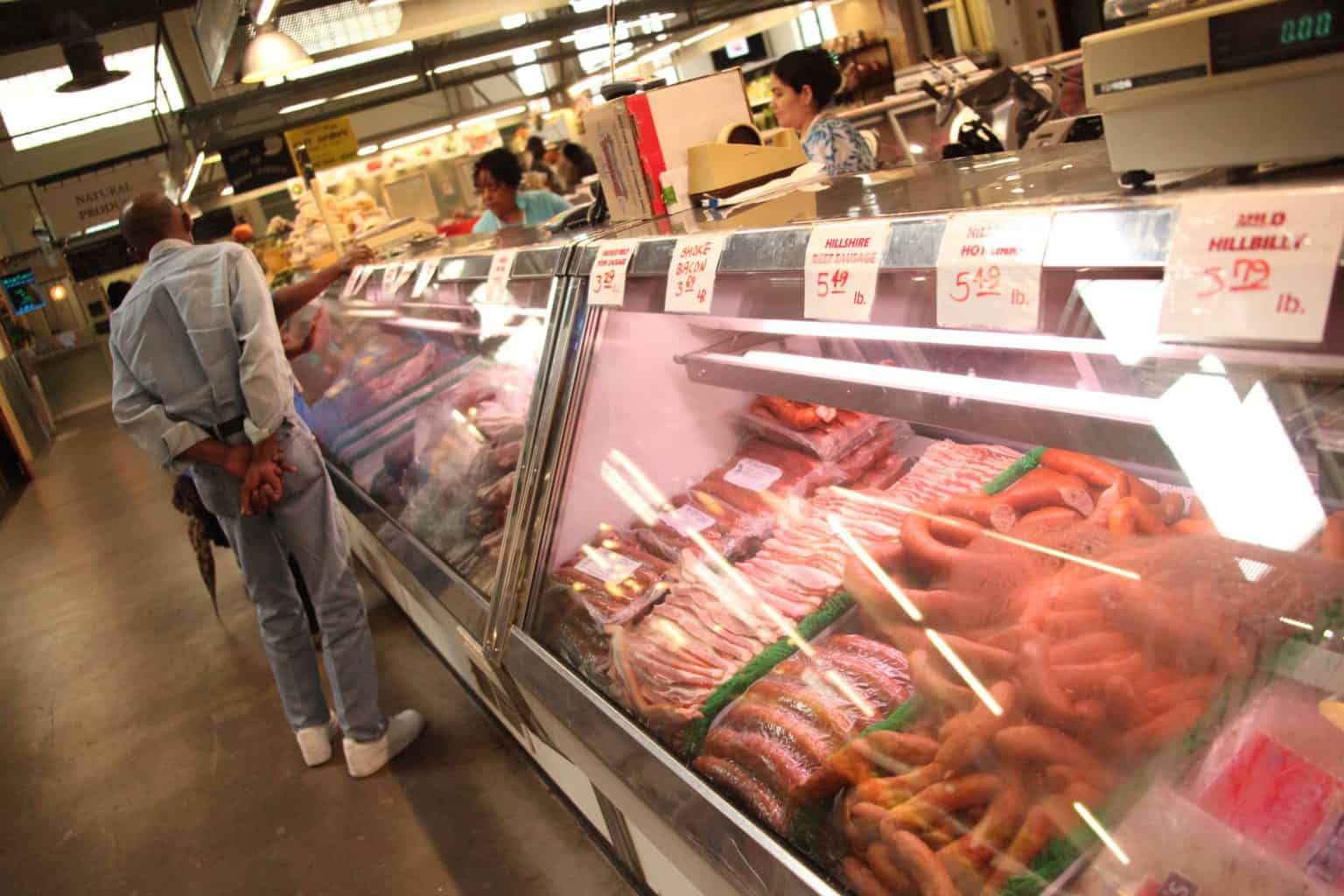Just How to Select the Perfect Cut of Meat From a Trusted Meat Market
Selecting the perfect cut of meat from a trusted meat market requires a thoughtful technique that balances quality, cooking objective, and budget plan. Comprehending the different types of meat and their corresponding cuts is essential, as is involving with your butcher to obtain understandings into sourcing and prep work.
Comprehending Meat Cuts


For example, the tenderloin is valued for its buttery appearance and very little connective cells, making it excellent for quick food preparation techniques such as barbecuing or pan-searing. On the other hand, tougher cuts like the brisket or shank gain from slow-moving cooking methods to damage down collagen, producing abundant and flavorful results.
Additionally, the fat material of a cut plays an important function in taste profile and wetness retention during food preparation. Cuts with greater fat material, such as ribeye, use an even more robust flavor, while leaner alternatives, like sirloin, may require careful prep work to stay clear of dryness (bagley meat market edwardsville il). Recognizing these subtleties enables notified selections that raise culinary creations, making certain that each dish showcases the very best top qualities of the chosen meat
Aspects to Think About
When picking the ideal cut of meat, a number of vital aspects enter into play that can substantially impact the last recipe. Firstly, take into consideration the sort of meat you want-- beef, pork, lamb, or poultry-- as each deals unique flavors and textures. The specific cut within that category is similarly vital; for example, ribeye provides rich marbling, while tenderloin supplies a lean, buttery structure.
One more aspect is the cooking method you plan to make use of. Cuts appropriate for barbecuing, such as T-bones or sirloins, differ from those much better suited for sluggish cooking, like chuck roasts or shanks. Additionally, quality is critical; always choose meat with a lively shade and firm appearance, indicating high quality and appropriate handling.
Costs cuts might provide phenomenal preference, yet there are also affordable alternatives that, when prepared correctly, can produce delicious outcomes. Stabilizing these factors will assist you choose the excellent cut for your culinary demands.
Questions to Ask Your Butcher
A butcher's experience can be important when choosing the excellent cut of meat for your cooking endeavors. Begin by asking about the resource of the meat.
Following, ask about the various cuts available for the type of meat you prefer. A well-informed butcher will certainly explain the nuances of each cut, assisting you pick one that matches your food preparation approach and desired result. Don't think twice to make inquiries concerning the most effective food preparation techniques for a specific cut; butchers commonly have tips that can boost your meal.
It's additionally prudent to ask about the meat's quality. An excellent butcher will be eager to share their know-how and recommend cuts that will delight your palate. Engaging your butcher with these questions can substantially boost your meat choice experience.
Acknowledging High Quality Meat

Appearance is one more essential factor; high quality meat ought to feel firm and slightly resilient to the touch. Avoid any type of cuts that feel slimy or excessively completely dry, as these can indicate wasting or improper storage. In addition, scent plays a vital function; fresh meat should have a tidy, neutral aroma, while any see it here kind of off-putting or sour odors are warnings.
Finally, consider the resource. Purchasing from a reliable meat market, where the meat's beginning is known, can make certain greater quality requirements. By focusing on these indicators-- shade, marbling, appearance, odor, and source-- you can confidently pick cuts that will boost your food preparation and dining experience.
Food Preparation Techniques for each and every Cut
Choosing the appropriate food preparation technique is paramount for making best use of the taste and inflammation of each cut of meat. Different cuts have special attributes that determine the most ideal cooking methods.
For tender cuts, such as filet mignon or ribeye, dry heat techniques like barbecuing, broiling, or pan-searing are perfect. Conversely, harder cuts, such as chuck or brisket, benefit from moist warmth techniques, consisting of braising or sluggish cooking.
Pork chops and chicken breasts are functional and can be prepared making use of both completely dry and wet methods. While grilling or roasting can produce delicious results, poaching or sautéing can preserve dampness and inflammation. For lamb, techniques like toasting or braising are suggested, as they enhance the meat's durable taste.

Final Thought
To conclude, selecting the excellent cut of meat from a credible meat market requires a detailed understanding of meat cuts and factor to consider of numerous aspects, including source, quality, and food preparation techniques. Engaging with the butcher via targeted questions can Visit Website produce valuable understandings and suggestions customized to particular cooking needs. Focusing on both quality and budget plan will improve the general gastronomic experience, guaranteeing that the picked cut meets assumptions in both taste and preparation.